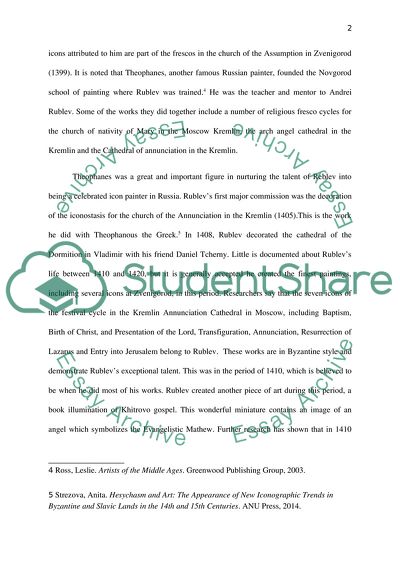Cite this document
(Life of Andrei Rublev Essay Example | Topics and Well Written Essays - 1250 words, n.d.)
Life of Andrei Rublev Essay Example | Topics and Well Written Essays - 1250 words. https://studentshare.org/visual-arts-film-studies/1874297-biography-of-andrei-rublev
Life of Andrei Rublev Essay Example | Topics and Well Written Essays - 1250 words. https://studentshare.org/visual-arts-film-studies/1874297-biography-of-andrei-rublev
(Life of Andrei Rublev Essay Example | Topics and Well Written Essays - 1250 Words)
Life of Andrei Rublev Essay Example | Topics and Well Written Essays - 1250 Words. https://studentshare.org/visual-arts-film-studies/1874297-biography-of-andrei-rublev.
Life of Andrei Rublev Essay Example | Topics and Well Written Essays - 1250 Words. https://studentshare.org/visual-arts-film-studies/1874297-biography-of-andrei-rublev.
“Life of Andrei Rublev Essay Example | Topics and Well Written Essays - 1250 Words”. https://studentshare.org/visual-arts-film-studies/1874297-biography-of-andrei-rublev.


